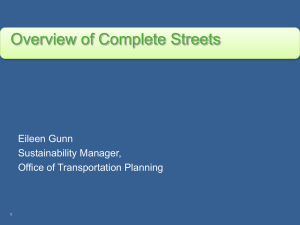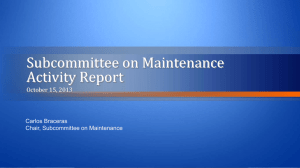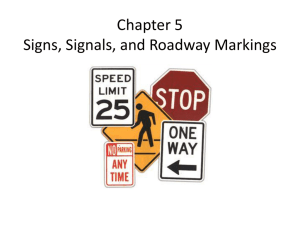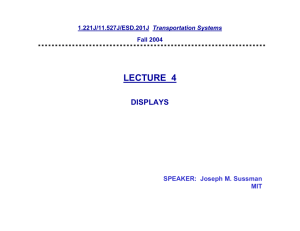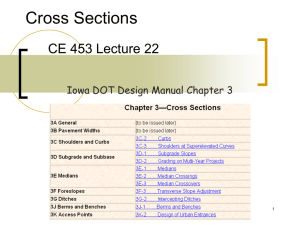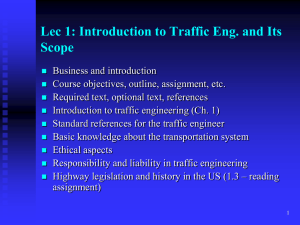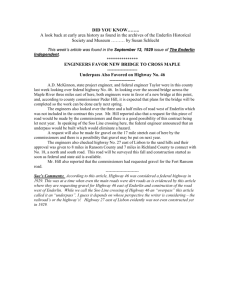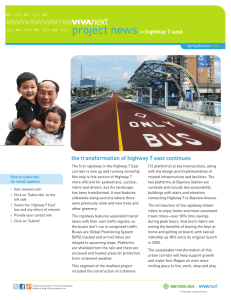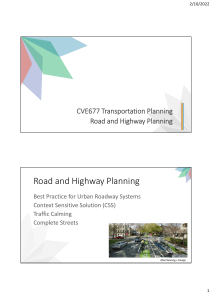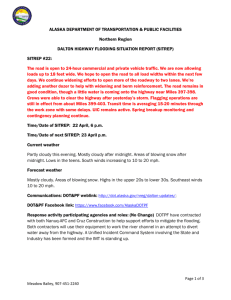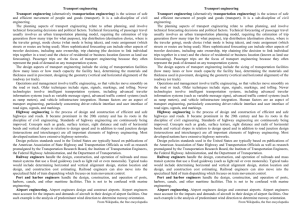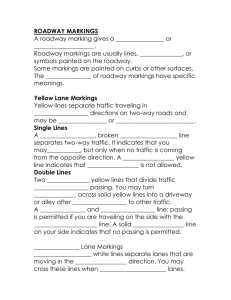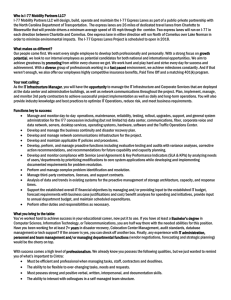More Information on HB44
advertisement
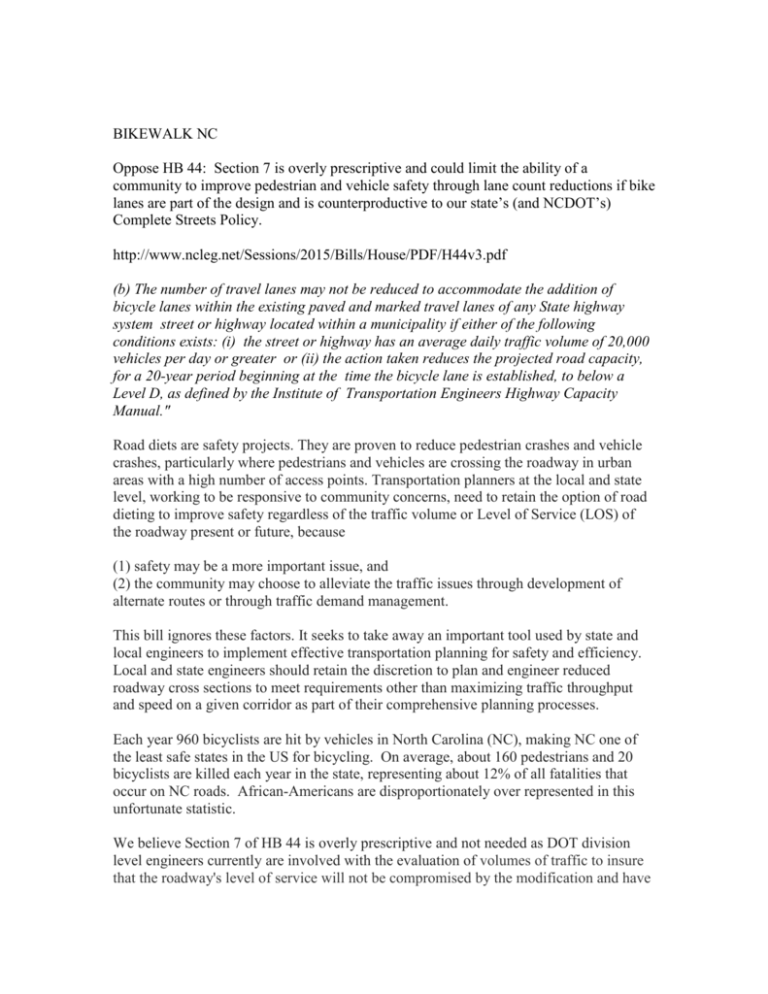
BIKEWALK NC Oppose HB 44: Section 7 is overly prescriptive and could limit the ability of a community to improve pedestrian and vehicle safety through lane count reductions if bike lanes are part of the design and is counterproductive to our state’s (and NCDOT’s) Complete Streets Policy. http://www.ncleg.net/Sessions/2015/Bills/House/PDF/H44v3.pdf (b) The number of travel lanes may not be reduced to accommodate the addition of bicycle lanes within the existing paved and marked travel lanes of any State highway system street or highway located within a municipality if either of the following conditions exists: (i) the street or highway has an average daily traffic volume of 20,000 vehicles per day or greater or (ii) the action taken reduces the projected road capacity, for a 20-year period beginning at the time the bicycle lane is established, to below a Level D, as defined by the Institute of Transportation Engineers Highway Capacity Manual." Road diets are safety projects. They are proven to reduce pedestrian crashes and vehicle crashes, particularly where pedestrians and vehicles are crossing the roadway in urban areas with a high number of access points. Transportation planners at the local and state level, working to be responsive to community concerns, need to retain the option of road dieting to improve safety regardless of the traffic volume or Level of Service (LOS) of the roadway present or future, because (1) safety may be a more important issue, and (2) the community may choose to alleviate the traffic issues through development of alternate routes or through traffic demand management. This bill ignores these factors. It seeks to take away an important tool used by state and local engineers to implement effective transportation planning for safety and efficiency. Local and state engineers should retain the discretion to plan and engineer reduced roadway cross sections to meet requirements other than maximizing traffic throughput and speed on a given corridor as part of their comprehensive planning processes. Each year 960 bicyclists are hit by vehicles in North Carolina (NC), making NC one of the least safe states in the US for bicycling. On average, about 160 pedestrians and 20 bicyclists are killed each year in the state, representing about 12% of all fatalities that occur on NC roads. African-Americans are disproportionately over represented in this unfortunate statistic. We believe Section 7 of HB 44 is overly prescriptive and not needed as DOT division level engineers currently are involved with the evaluation of volumes of traffic to insure that the roadway's level of service will not be compromised by the modification and have measures in place to mitigate any negative impact of the change. Guidance and policies exist, with DOT Board of Transportation approval and modification as needed, to insure safety of roads and congestion mitigation in a comprehensive manner. The bill language is overly prescriptive and may in effect reduce a community’s ability to optimize safety and congestion relief in a comprehensive manner. If not removed, Section 7 suggested modifications: Rather than prohibit road changes under certain conditions, require DOT (division level) approval. Also, clarify that the bill is limited to state highway system streets, not streets owned and/or maintained by municipalities. Lastly, remove item (ii), the level of service (LOS) specification of Level D or better based on a 20-year prediction calculation. Instead, allow the current comprehensive planning approach that balances traffic congestion and safety improvement needs in the context of the entire street network.
